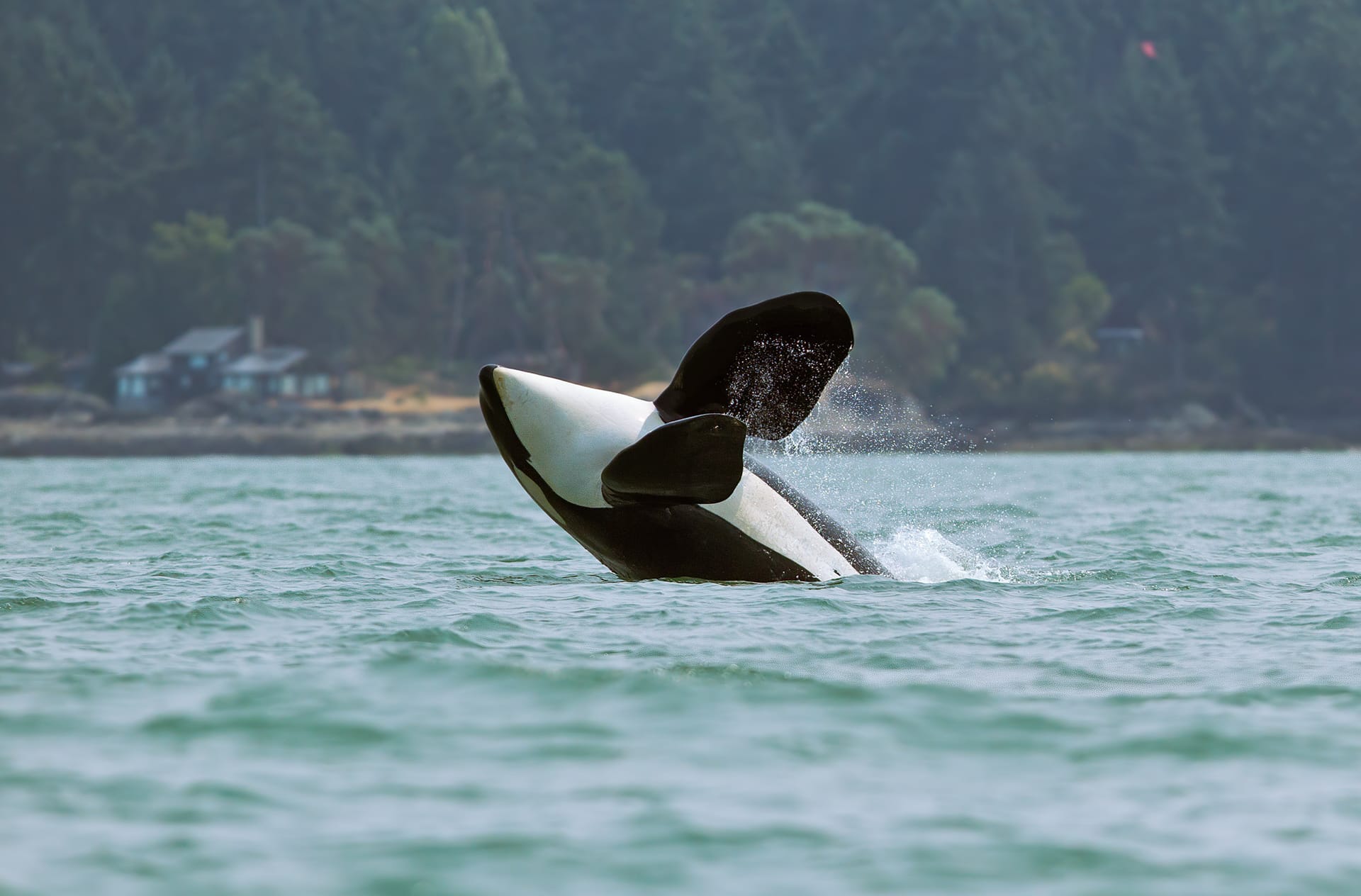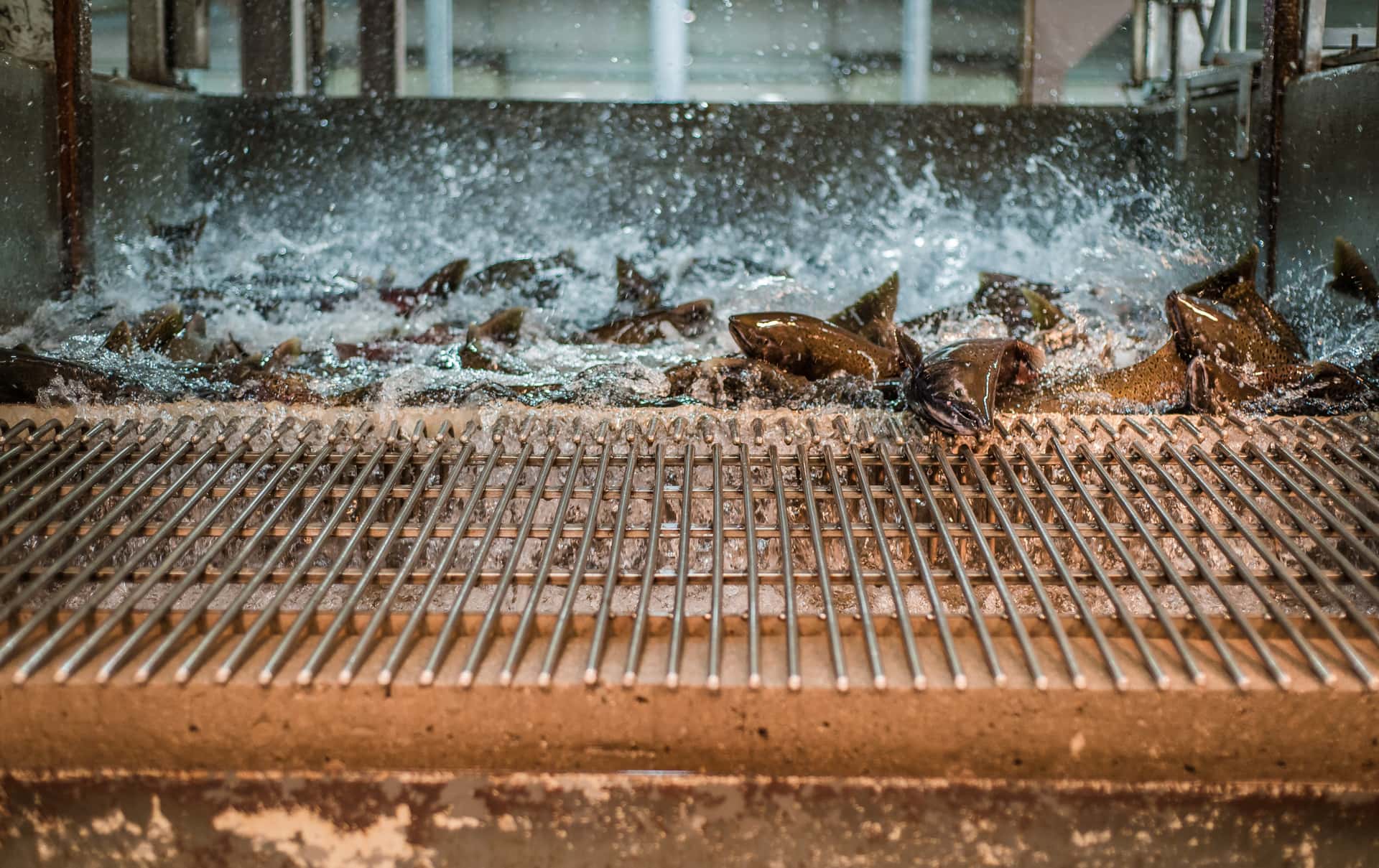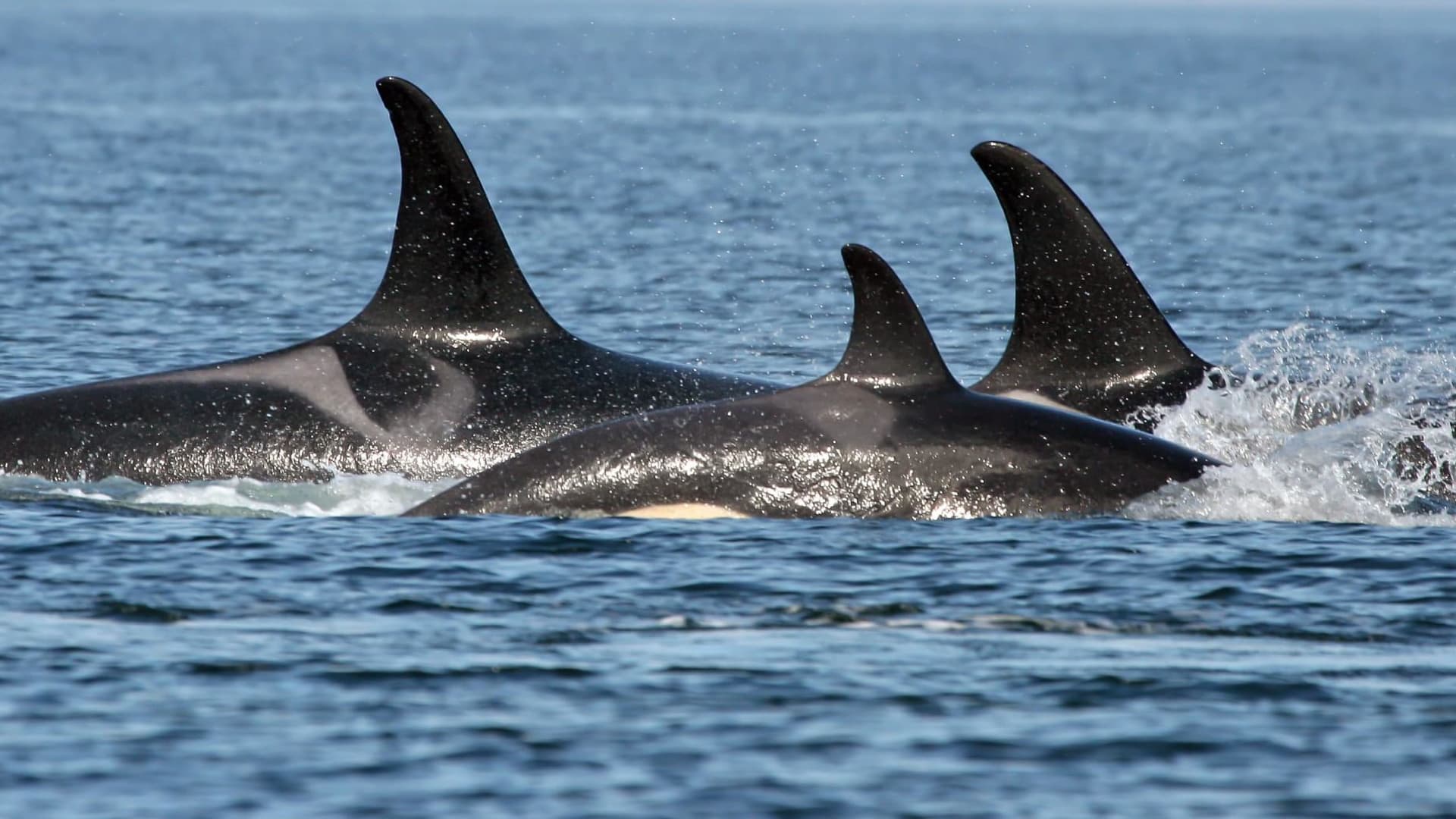
Despite the welcome birth of two L-pod calves in 2023, the Southern Resident killer whale population fell to just 74 in November, when K34 “Cali” was declared missing, presumed dead as he’s not been seen with his pod since July.
At 22, he was too young to be selected by a female as a mate, yet with no males today in the population aged between 23 and 29; he would have been vital in the next few years. The five oldest males today are aged 30 to 32, traditionally considered prime breeding age, with many years ahead. However, since 2019, seven males have died aged between 11 and 43, and three were in their late 20s.
Yet when Chinook salmon was more abundant, and this population peaked at 95 whales, males lived longer. In 1995, six males were over 35; the oldest, J1 Ruffles, was 44 and sired calves into his 59th year! The last time a male survived to 35 was in July 2021. K21 Cappuccino was last seen emaciated, with a collapsed dorsal fin—the worst body condition researchers had seen in 50 years of study.
K21 did not have a living mom. Notably, five of the seven males who died over the last five years, including K34, were pre-deceased by their mom. Research shows these males survive longer when their mom is living. She provides food for life, as keeping sons big and healthy makes them more likely to be selected as a mate. This ensures her genes are passed on but without the cost of raising their calves.
New research reveals another role for these moms in their sons’ survival: they help them avoid conflict that might result in injury, leading to infection and possible death. Yet of the 11 reproductive-aged males alive today (aged 20+), just five are still swimming alongside their moms.
J39 Mako and older brother J27 Blackberry lost their mom in 2008. In the last two years, they’ve been listed as “vulnerable,” along with their 4-year-old niece, J56 Tofino, who doesn’t have the benefit of a grandma. All three are in “poor body condition.” Sadly, whales that fall into this category often do not survive.
The loss of these older females and its impact on their families, especially adult sons, is striking. The only solution is more Chinook salmon, less fishing, fewer dams, and more habitat. Change cannot come fast enough.





